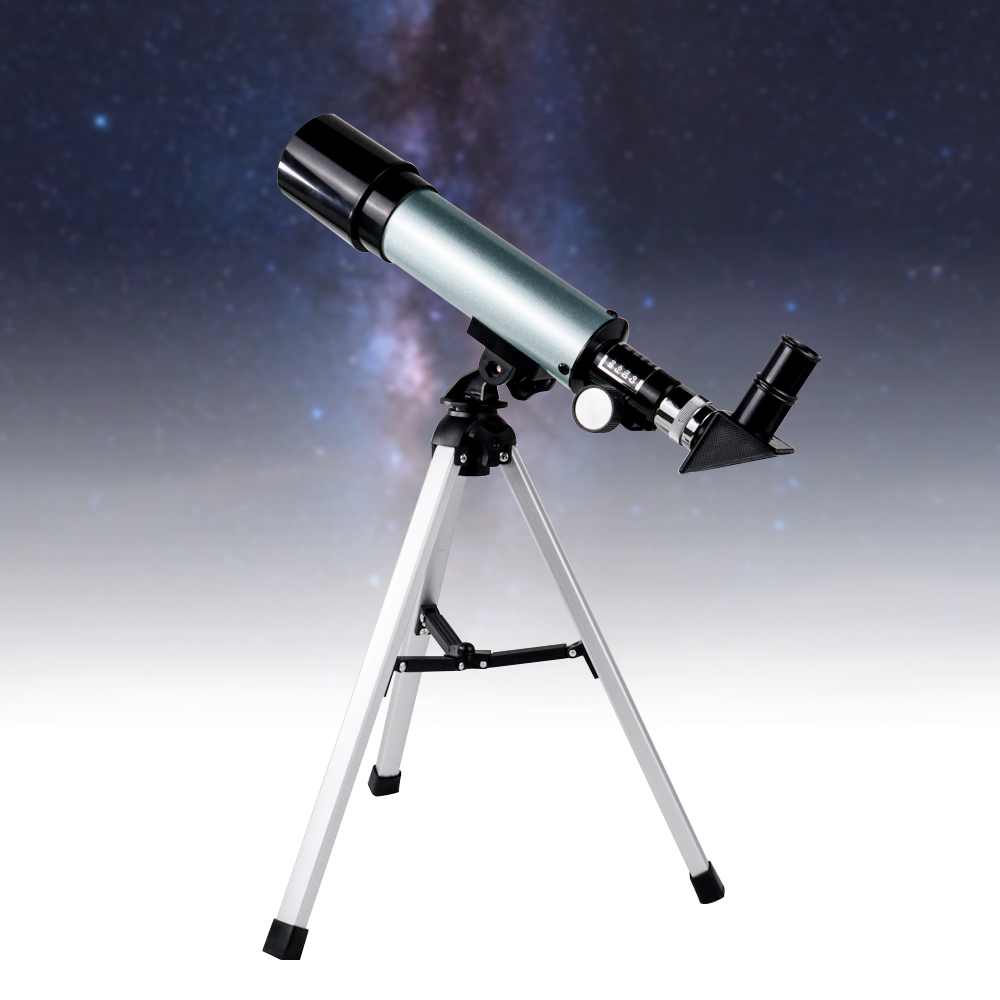A telescope is an optical instrument that makes distant objects appear magnified by using an arrangement of lenses or a combination of curved mirrors and lenses. Telescope designs vary considerably in size, shape, and complexity, but all share the same basic components and functions.
The first known practical telescopes were invented in the Netherlands at the beginning of the 17th century, when lensmakers developed ways to grind and polish large lenses with much greater accuracy than had previously been possible. The resulting telescopes, called refractors because they used lenses to bend (or refract) light, had long focal lengths and could magnify distant objects many times. Refractor telescopes reached their greatest sizes in the 19th century; the largest ever built was completed in 1897 and had a main lens more than 13 feet (4 meters) across.
Reflecting telescopes, which use mirrors to gather and focus light, were first built in 1608 by an Englishman named James Gregory. Although much smaller than refractors of comparable power, reflecting telescopes have several advantages over their lens-based counterparts. Mirrors can be made much larger than lenses without distorting under their own weight, so reflecting telescopes can gather more light than refractors and produce sharper images. Reflecting telescope designs also allow for a wider range of possible configurations than refractors, including compact “ Schmidt-Cassegrain” models that are popular among amateur astronomers.
The largest telescope in the world is currently the Gran Telescopio Canarias , a 10-meter (400-inch) reflector located on the island of La Palma in Spain’s Canary Islands . When it began regular observations in 2009 , it became not only the largest telescope but also one of the most powerful astronomical instruments ever built .


